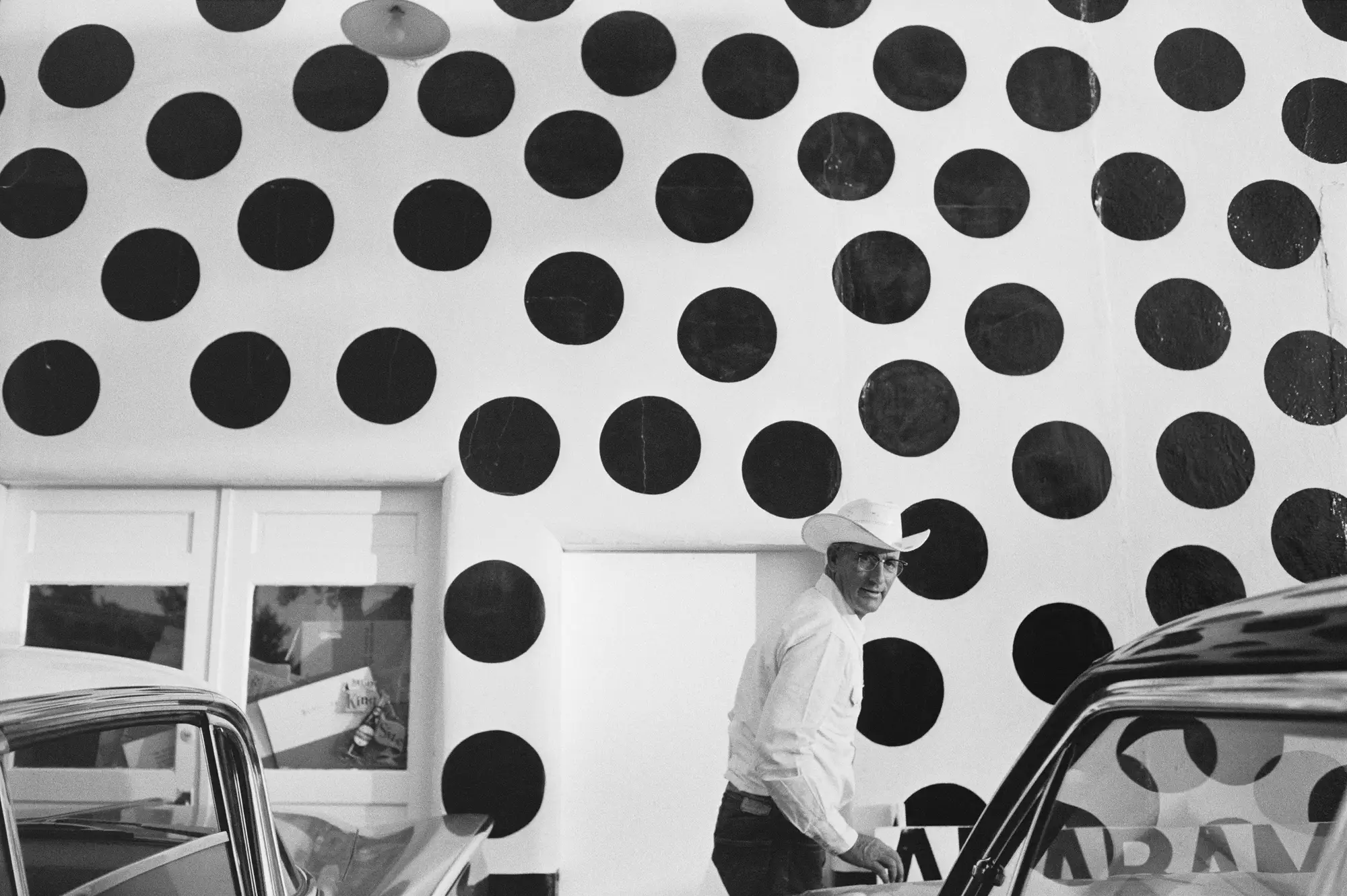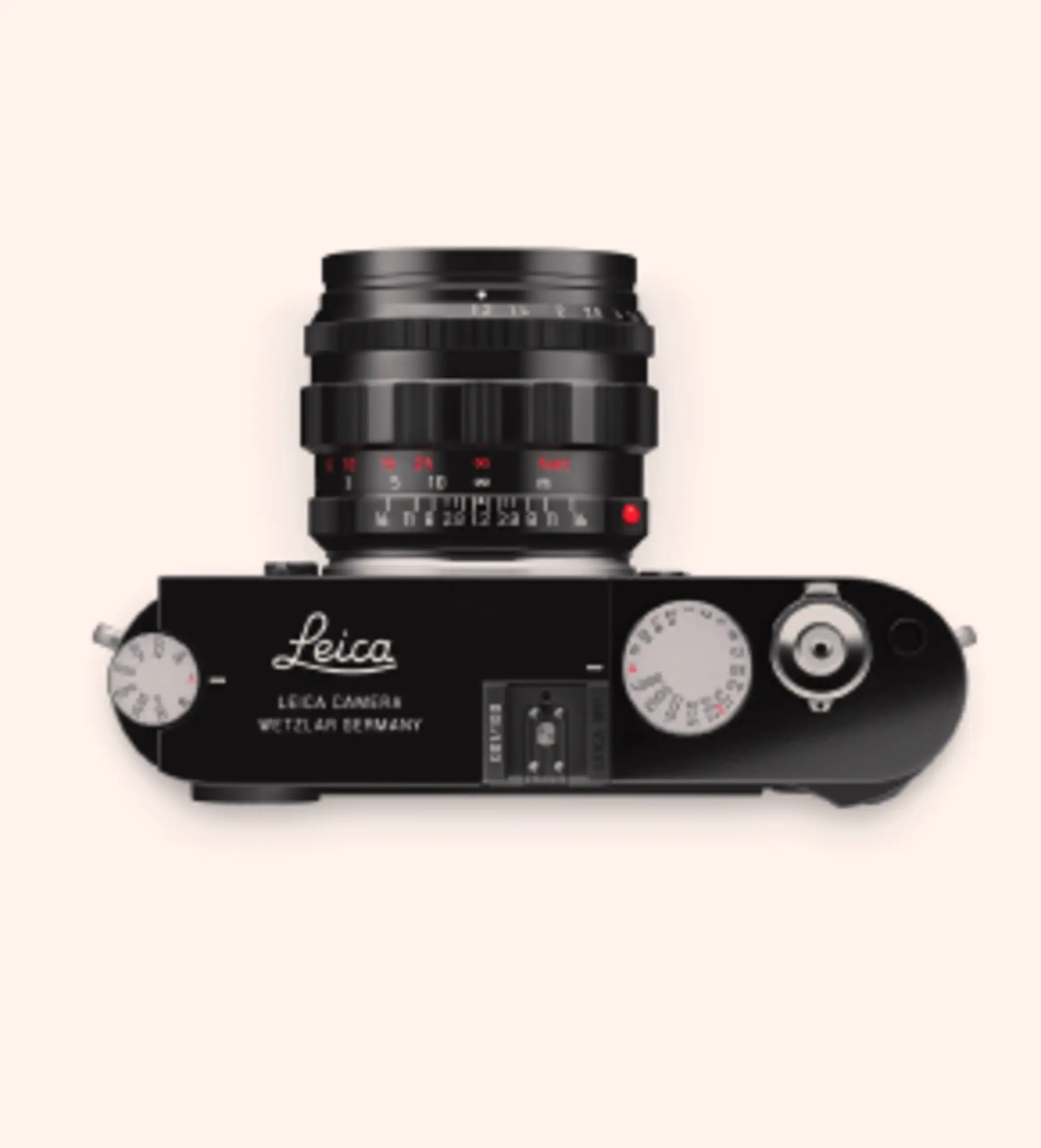Documenting history: marking a century of Leica cameras
As Leica marks a century since the launch of its revolutionary Leica I, we trace how a pocket-sized camera reshaped visual culture.


In 1966, American photographer Joel Meyerowitz set off on a year-long trip through Europe. He packed just two cameras, both manufactured by the German marque Leica, and gradually worked his way through 700 rolls of 35mm film. He shot tens of thousands of pictures.
‘I never saw a single frame until I got back to New York,’ he remembers on a call from his London home. ‘I just believed the Leica was going to give everything I wanted, perfectly. And there wasn’t one frame, or any roll, with a problem.’
‘I never saw a single frame until I got back to New York. I just believed the Leica was going to give everything I wanted, perfectly. And there wasn’t one frame, or any roll, with a problem.’
Joel Meyerowitz
Meyerowitz, 87, a trailblazer in street photography and a living deity in the wider industry, says that back then, cameras were reliably unreliable, and you often had to take three or four to a shoot to cover your back. But Leicas rarely had problems, he says. They were compact and sleek, with a reassuring heft. ‘You could drive a nail into a wall with it if you wanted to.’
This year marks the 100th anniversary of the Leica I, the world’s first mass-produced 35mm camera, unveiled at the Leipzig Spring Fair in 1925. Until that point, cameras were large and cumbersome and photography was something for hardy, strong-backed professionals only. But the Leica I was lightweight and dinky enough to slip into your pocket, though no less capable.
In the decades that followed, Leica established itself as the pre-eminent maker of fine cameras, and became a byword for photographic brilliance and clean, Teutonic design.
Influential French photographer Henri Cartier-Bresson discovered Leica in 1932 and never used another camera again, allegedly. War photographer Robert Capa took a Leica into Spain to cover the Civil War in 1936, using one to capture his iconic Death of a Loyalist Militiaman, and conflicts and disasters ever since have been documented through a Leica lens.

Wyoming 1964; Paris, France 1967 from Joel Meyerowitz: The Pleasure of Seeing
‘Leica is the original,’ says Stefan Daniel, Leica’s executive vice president of technology and operations (and a Leica lifer, now entering his fifth decade at the company).
‘It became the example for all other cameras launched in the 1930s and 1940s,’ he adds. ‘The Leica shaped how we saw the 20th century in a very special way.’
Leica even steered itself through the digital boom of the early noughties, and the subsequent arrival of the camera phone. Before the advent of point-and-shoot digital cameras, remembers Daniel, the industry sold 15-20 million units each year, but when the new, inexpensive tech arrived, numbers soared to around 140 million. In turn, scores of legacy camera makers went bust. 'Even companies bigger than Leica did not survive this disruption,' says Daniel.
Today, four-fifths of Leica cameras sold are digital – such as the M Meyerowitz uses on his daily walks through London – but analogue cameras are in the (slow) ascendance. ‘The market reached the bottom a couple of years ago,’ says Daniel, ‘and since then it’s been growing at a good pace.’ Young people, adds Daniel, are exploring film photography more and more, too. ‘They want something tangible,’ he says. ‘They don’t want to run around with a computer on their neck.’
Beyond cameras, Leica has bolstered its business with a broader spectrum of technical goods, including mobile phones, home-cinema systems and even automatic mechanical watches. But this year, cameras are in full focus.

The M11 100 Years of Leica Wetzlar Germany edition (one of six country-specific editions), available to buy only in Leica stores across Germany, €9,500
‘Nobody buys a Leica for just rational reasons. There’s always emotion involved. Passion and love’
To mark the centenary, Leica has launched the M11-D 100 Years of Leica special edition, a digital reimagining of the Leica I. The new camera comes with both the Leitz Anastigmat-M 50 f/3.5 ‘bayonet-style’ lens (a removable homage to the fixed original) and a Summilux-M 50 f/1.4 ASPH, a lens Leica describes as ‘a triumph of engineering excellence.’ It offers impeccable image quality and sharpness, even at wide apertures, and an elegant ‘bokeh,’ the aesthetic quality of out-of-focus elements. There are just 100 editions of the camera, all numbered, and one will have the honour of being the millionth M-camera Leica has ever produced.
In further celebration, there are special editions of the D-Lux, Leica’s ‘entry level’ digital camera (£1,600), and the SOFORT 2, the marque’s natty instant camera. There’s also a celebratory pair of 10×40 sport binoculars (£2,350), which take design inspiration from the Leica’s black and nickel motif.

The Trinovid 10×40 100 Years of Leica, £2,350
Over the past century, that sturdy, two-tone aesthetic – punctuated with the requisite red-dot logo – has become a semaphore for the Leica mystique. And there is indeed something special about the look and feel of a Leica – it is at once age-old and timeless, and supremely tactile. Legendary American photographer Ralph Gibson describes it as a ‘low-frequency aura’ (he thinks of his camera as more akin to a fine musical instrument than a tool; his ‘Stradivarius’).

An image from the exhibition Jamie Cullum: These Are the Days, Leica Gallery Wetzlar 2025
What all Leica owners have in common, explains Stefan Daniel, is ‘an emotional relationship to their products. Nobody buys a Leica for just rational reasons. There’s always emotion involved. Passion and love.’
Joel Meyerowitz puts it more simply: ‘The Leica is, for me, a true photographic instrument. Not just another camera you can take off the shelf.’
The Good Life remixed - A weekly newsletter with a fresh look at the better things in life.

Charlie is Editor-at-Large at Esquire UK. He has also worked with Document Journal, Drake’s and Giorgio Armani.